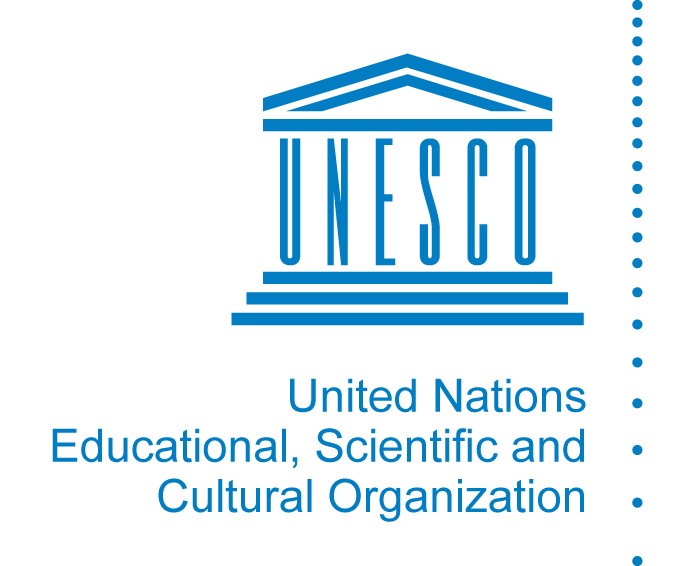Media are regarded as a key ‘entry point’ for preventing VAWG in the long-term because of their unique reach to broad sections of the population, as well as their ability to influence and shape ideas and perceptions about what is considered socially acceptable. On the one hand, through stereotypical and/or harmful portrayals, media may reinforce the social norms that contribute to gender discrimination, inequality and violence against women and girls. On the other hand, media function to shine light upon important societal issues, including raise awareness about the extent, causes and consequences of the various forms of abuse that exist. They should serve to present society in all of its diversity, rather than drawing upon narrow traditional narratives and stereotypes regarding the roles and portrayals of men and women, and men and women of different backgrounds. They can provide a voice and platform to empower women and place critical issues onto the political agenda.
At the same time, however, media can and often does perpetuate violence-supportive social norms that are discriminatory along gender, racial and other lines, which actively undermine gender equality and women’s freedom from violence. The media content on violence against women could affect the audience in different ways. The negative content produced can have significant adverse effects which can lead to serious consequences. This can range from the banalization of the issue to the reproduction of violent acts, also known as the copycat effect (Toledo and Lagos, 2014). It is important for media professionals to have a better understanding of the potential effects of the content they produce and to be engaged in a co-creation of a more sensitive and purposeful content about gender, diversity and non-violence.
